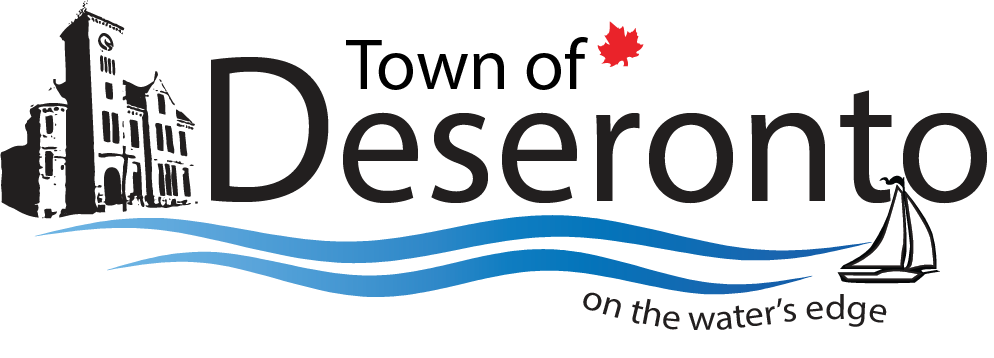What is the property tax billing process?
The Interim Tax Bill is based on 50% of the previous year’s property tax rate and payable in two equal installments. Once the annual budget/tax rate is set by Municipal Council the Total Tax Levy less the Interim Levy shall become due and payable in two equal installments. Billing installment dates are due February 28th, April 30th, June 30th, and August 31st.
If you own a property on which taxes were only billed for part of the previous year, the Town uses a restated previous year's tax levy. This restated previous year's tax levy includes the additional taxes that would have been levied if the property had been fully taxed for the entire year.
For new properties not billed taxes in the previous year, your tax bill will be calculated by multiplying the current year assessed value of your property by the interim tax rate and applying an adjustment to arrive at an amount equal to 50% of the previous year taxes, had they been levied.
